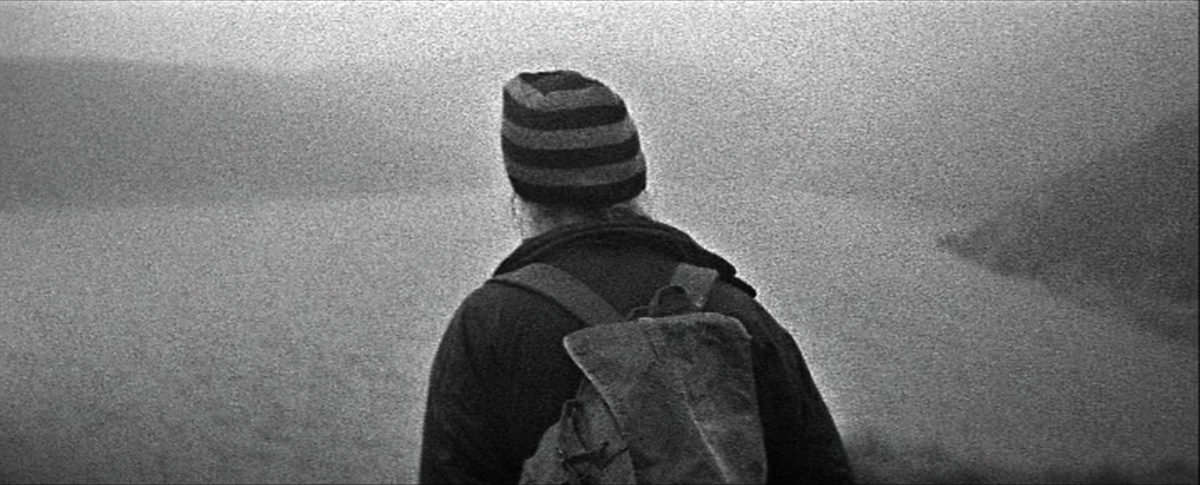Given the scope of inquiry opened up by our first call for papers on a ‘New Realist Cinema,’ we’ve decided to focus the second issue of Photogénie on the related issue of ‘everydayness.’ An ever-growing field of study in cultural studies and cultural theory, everydayness is also still a governing aesthetic principle behind much of what is most exciting in contemporary art cinema: be it in political cinemas incorporating the precepts of new historiographies, like the French ‘Annales’ school, tracing collective perception through anecdotal accounts of everyday life; in slow or ‘contemplative’ cinemas enacting temporality and harking back to modernist or avant-gardist experiments with duration; in contemporary instances of surrealist cinema, discovering the marvelous and absurd in the everyday; in mumblecore anti-narratives hinging on aimless conversation; in the recent interest, both artistic and academic, in home movies and amateur filmmaking; or in observational, ethnographic or personal documentaries that start from lived experience.
We are less interested in reiterating the cultural and social readings of everydayness inspired by Henri Lefebvre, Michel de Certeau, or, against the setting of modernity, Siegfried Kracauer and Walter Benjamin, than in highlighting the aesthetic choices or particularities, dare we say it, the routines of filmmakers working within the idiom of the everyday, in their ways of staging undramatic or non-events, repeated actions and general absence of classical narrative progression (resulting in delays, retardations and open endings). The cinematic language these filmmakers develop is often based on a self-imposed restriction or restraint: restriction of setting, camera movement, of the available technologies of shooting and processing, restraint in performance, dramaturgy and scoring. What appears instead is a heightening of specific expressive elements, like rhythm and tempo (of speech, movement, cutting), mise en scène (attention to particular objects), narration, framing and composition, or, at a more theoretical level, the exploration of stillness, contemplation and presence as both mediated and unmediated category.

